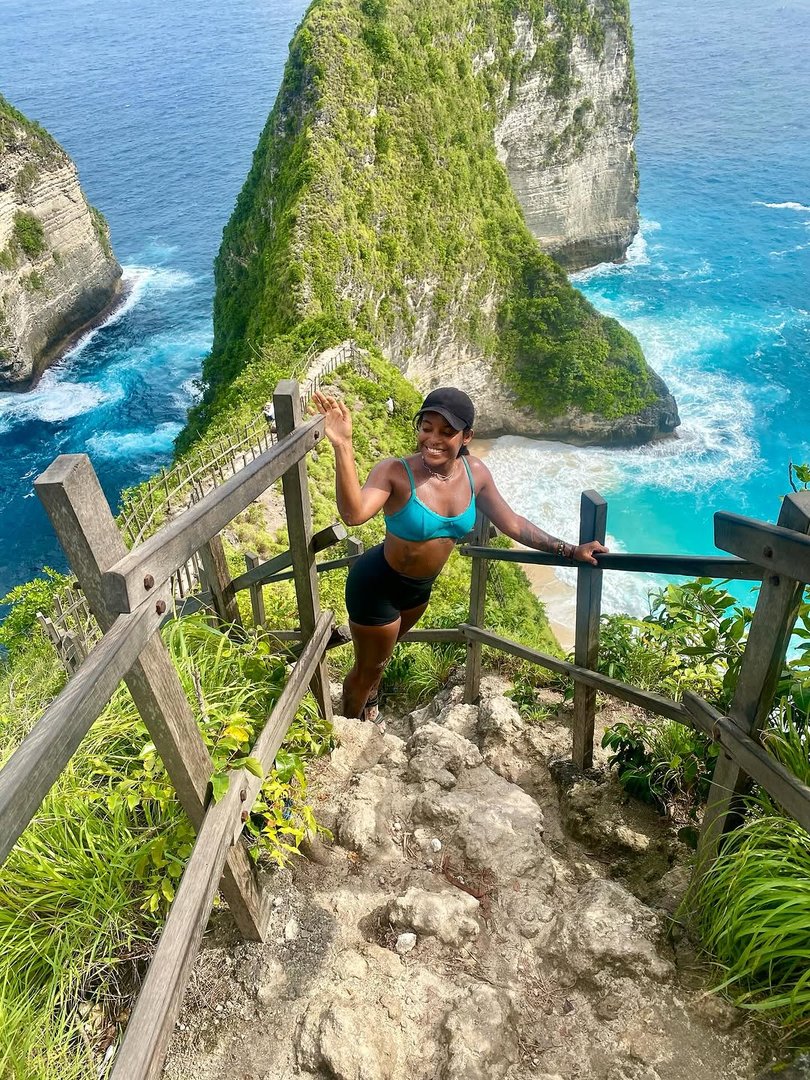Juliana Marins: Autopsy reveals devastating cause of Brazilian tourist’s death in Indonesian volcano fall

What began as a once-in-a-lifetime trek up one of Indonesia’s most majestic volcanoes ended in tragedy for Brazilian traveller Juliana Marins — and now, a forensic investigation has uncovered chilling new details about what really happened on the mountain.
Ms Marins, a 26-year-old publicist and dancer from Rio de Janeiro, was climbing Mount Rinjani on the island of Lombok when she fell during the early hours of Saturday morning, just short of the summit.
Towering more than 3700 metres above sea level, the volcano is known for its breathtaking views and treacherous terrain.
Sign up to The Nightly's newsletters.
Get the first look at the digital newspaper, curated daily stories and breaking headlines delivered to your inbox.
By continuing you agree to our Terms and Privacy Policy.Drone footage captured shortly after the fall showed Ms Marins alive but visibly distressed.
She sat disoriented in the dust, 200 metres below the main path, as hikers shouted words of encouragement from above. Then she vanished, News.com.au reported.
After a gruelling and delayed search, her body was located days later, much further down the mountain. Authorities now believe a second fall may have caused the fatal injuries.
An autopsy conducted by Indonesian forensic specialist Dr Ida Bagus Putu Alit has now confirmed that Ms Marins died from blunt force trauma to “almost all parts of her body,” resulting in massive internal bleeding.
Her worst injuries, Dr Ida said, were to her chest and back, which caused her lungs to hemorrhage.
“There were wounds to the chest area, and especially the chest and the back. These injuries damaged the internal organs. We saw a huge amount of bleeding in the chest cavity,” he said.
She also sustained a head injury and a broken left thigh bone, but Dr Ida said those were not the primary cause of death.
The terrain on Mount Rinjani, a mix of loose sand, pebbles and jagged rocks, is believed to have worsened her fall. Scratches, abrasions and extensive bruising were found across her body.
Asked how she could have been seen alive in drone footage if she died quickly, Dr Ida said the evidence suggests her most serious injuries likely came from a second fall, after she was initially spotted.
Weather conditions hampered the rescue effort, and when teams reached the area where she was last seen, she was gone. Her body was later discovered approximately 600 metres further down the mountain.
Dr Ida placed her time of death between 12 and 24 hours before he examined her, which would indicate she died on Wednesday.
However, rescuers who reached her on Tuesday said there were no signs of life, raising the possibility that the autopsy timeline was complicated by the fact that her body had been moved and later stored in a mortuary freezer.
While Dr Ida ruled out hypothermia based on the absence of certain signs, he noted that some standard tests for cold exposure couldn’t be conducted. Toxicology results, which are expected to take two weeks, are still pending. He emphasised this is routine and does not suggest Ms Marins was under the influence of any substances.
Ms Marins had been travelling through Southeast Asia and was reportedly in high spirits.

In a final message sent to her mother before setting off on the trip, she wrote, “I love you all very much! And I will always be grateful for all the support, care and affection. That is what makes me not afraid.”
Despite the autopsy findings, Ms Marins’ family has refused to accept the results and a second autopsy is scheduled to be carried out in Brazil.
